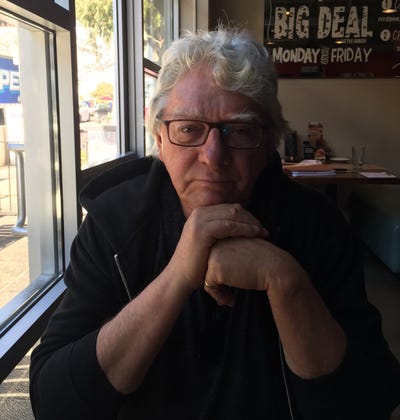It may look like something out of Inspector Gadget, but the My Fly device imagined by an aspiring UK engineer is, in fact, one of five finalists in the Make It Wearable challenge launched by Intel Corp.
June 24, 2014
It may look like something out of Inspector Gadget, but the My Fly device imagined by an aspiring UK engineer is, in fact, one of five finalists in the Make It Wearable challenge launched by Intel Corp.
In addition to tracking the wearer's heart rate and blood pressure, the watch is fitted with a component that detaches from the face of the timepiece and, with the help of tiny propellors, takes flight in moments of distress, if the owner has fallen (and can't get up), for example, or is having a stroke. My Fly alerts passersby to the unfolding emergency by emitting sounds and a flashing light. It also has a built-in GPS and automatically contacts emergency services, as it hovers in place awaiting their arrival.
A fanciful video made by inventor Nishant Marka for the competition shows some other applications, one of which takes the overhead selfie to new heights.
The Make It Wearable challenge has a Dream It, or Visionary Track, and Build It, aka Development Track. Prizes include all expense paid trips to a gala event in San Francisco, cash prizes and, for the finalists in the Build It track, business, design, and technical support and $50,000. One winner in the latter track will receive a $500,000 grand prize.
According to some analysts, the market for wearable devices could be worth a cool $50 billion by 2019, and it may represent significant opportunities for the plastics industry. For more on that, see an article we published in March 2014, "Materials matter in wearable devices."
Norbert Sparrow is Senior Editor at PlasticsToday. Follow him on twitter @norbertcsparrow and Google+.
About the Author(s)
You May Also Like




